The European Central Bank fumbles its way towards yield curve control
The EU’s economic recovery is faltering, but its bond yields keep rising. That makes things tricky for the European Central Bank, says John Stepek. Here, he looks at how central banks are shifting the goalposts, and what it means for you.


The European Central Bank (ECB) has the toughest job in central banking. Most central banks only have one government to keep happy. The ECB has 19 different governments to keep happy. On top of that, the country with the biggest and generally strongest economy (Germany) mostly has a different view on what monetary policy “should” be than everyone else does.
And yet, yesterday’s latest ECB conference shed some light on a common problem that all central banks are facing right now – credibility.
Europe’s economy is lagging and yet its bond yields have been rising too
While the US and the UK appear to be well on the way to reopening, Europe has been struggling somewhat. For various reasons, which we won’t bother getting bogged down in here (otherwise we’ll never drag ourselves away from the slanging match and back to the point in hand), Europe is lagging much of the rest of the developed world when it comes to vaccinations.
MoneyWeek
Subscribe to MoneyWeek today and get your first six magazine issues absolutely FREE

Sign up to Money Morning
Don't miss the latest investment and personal finances news, market analysis, plus money-saving tips with our free twice-daily newsletter
Don't miss the latest investment and personal finances news, market analysis, plus money-saving tips with our free twice-daily newsletter
That in turn means that the recovery is going to be slower than had been hoped. Indeed, as Reuters reports, “growth is actually weaker than forecast... challenging expectations for a rapid rebound in spring”.
That’s a pretty stark contrast with the US in particular. And there’s also the fact that the US is spending a lot more than the eurozone is. Joe Biden has just pumped nearly $2trn into the US economy (when I’m treating $100bn as a rounding error, you know it’s a lot of money). Europe’s support has been more modest.
Now, we’ve spent a fair bit of the past few weeks writing about bond yields spiking in the US because people are worried that inflation will take off, because growth will be strong, and so interest rates will have to be raised sooner than expected. Clearly, the economic backdrop is different in Europe. So your logical conclusion might be that bond yields would reflect this, and stay relatively calm even as American ones rose. You would think, wouldn’t you? But not a bit of it. This year, eurozone bonds have seen “a steady rise in yields that has mostly mirrored a similar move in US Treasuries rather than reflecting improved economic prospects” for the eurozone.
So that’s left the ECB with a problem; arguably a trickier one than the US. In the US, the Federal Reserve – the US central bank – is basically trying to convince markets that it would rather focus on unemployment than on inflation, and therefore they shouldn’t worry that it’s going to raise interest rates. But in the eurozone, the rise in interest rates is happening despite a weak economy, and the risk is that if yields go much higher, they’ll start to impinge on the recovery. In short, the US doesn’t want tighter monetary policy, but the eurozone really can’t afford it.
So yesterday, the ECB took more aggressive action than anyone expected. To cut a long story short, it plans to buy eurozone bonds at a faster rate “over the next quarter” than previously planned. In other words, it’s going to do more quantitative easing (QE). This all comes about under its Pandemic Emergency Purchase Programme (PEPP).
Why? The ECB will “purchase flexibly according to market conditions and with a view to preventing a tightening of financing conditions”. In other words, it’s not going to buy a specific amount; instead it’s going to try to make sure that interest rates don’t go up too much. This is “yield curve control” by any other name (something that Lagarde explicitly denied, which only makes it clearer that it’s definitely yield curve control).
Eventually, central banks will have to ’fess up
This is where it starts to get tricky though. And this is where all central banks are having the same problem. Good central bank management is all about expectations. You don’t necessarily have to print lots of money or do anything terribly complicated. You just have to convince the market of a) your intentions and b) your ability to back them up.
Mario Draghi, as I’ve said many times before, was the master of this. In summer 2012, he talked his way out of the eurozone imploding by saying that the ECB would do “whatever it takes” to prevent the euro from disintegrating. He convinced markets that he would be able to get his way, and the acute part of the crisis was over.
These days, no one doubts the ability of central banks to back up their intentions – they’ve printed enough money to convince markets of that. However, their intentions themselves are more complicated. And this is where the communication problem is arising.
The problem is that central banks have mostly targeted inflation for the past two decades or more. But now that inflation looks as if it might actually be achievable, they’re going to have to shift the goalposts. Because the truth is that – with varying degrees of transparency – the job of central banks has changed. Forget inflation. The job now is to make sure governments can finance the public spending that they’ve decided is necessary to drive the post-pandemic recovery.
That involves keeping interest rates low, pretty much regardless of what happens to inflation. Indeed, significantly higher inflation would be a good thing as long as it doesn’t go too wild.
The thing is, it’s very hard for central banks to just say: “Actually in an ideal world, inflation would hit about 4% and be there for a long time, and we’d keep interest rates pretty much where they are, because that’s going to get rid of the debt in a politically acceptable timeframe”. Instead they must fudge it. Because if the central bank comes out and says that it’s going to ignore inflation, then what’s it for? Other than to buy government debt that no one else will buy at a given price? That’s not a question anyone wants to raise while there are still private holders to sell bonds.
But that then leaves the question: “How much is too much? How high is too high?” As Helen Thomas of Blonde Money puts it, “central banks must make credible commitments to one target. It can be a quantity, a price, or a time period”. At the moment, they aren’t giving the game away because it’s getting harder to maintain the necessary fiction that there’s a difference between “independent monetary policy” and “financing fiscal policy”. But that’s unsustainable, notes Thomas. “If central banks don’t improve their signalling and communication, they will be forced into it by the market.”
It’s one thing to say that you think inflation will be temporary, so you’ll “look through” it. But if the market disagrees with you and thinks inflation won’t be as temporary as you imply, that doesn’t help. And the reality is that it will test you until you push back. Which implies volatility and also confusion as central banks adjust their stances.
In the end, central banks may have to consider doing something radical like finding a completely different number for markets to fixate on. Employment seems an obvious one for the Fed. And where the Fed goes, others might follow.
Once markets understand that there’s a new regime in town, they’ll adapt (and to be clear, it’ll be a pro-inflation regime – it can’t be anything else). But while the mixed messages are continuing, it’s going to be a bumpy ride.
You can read more about all this in the next issue of MoneyWeek, out next Friday. If you’re not already a subscriber, get your first six issues (plus a beginner’s guide to bitcoin) absolutely free when you sign up here.
Get the latest financial news, insights and expert analysis from our award-winning MoneyWeek team, to help you understand what really matters when it comes to your finances.
John Stepek is a senior reporter at Bloomberg News and a former editor of MoneyWeek magazine. He graduated from Strathclyde University with a degree in psychology in 1996 and has always been fascinated by the gap between the way the market works in theory and the way it works in practice, and by how our deep-rooted instincts work against our best interests as investors.
He started out in journalism by writing articles about the specific business challenges facing family firms. In 2003, he took a job on the finance desk of Teletext, where he spent two years covering the markets and breaking financial news.
His work has been published in Families in Business, Shares magazine, Spear's Magazine, The Sunday Times, and The Spectator among others. He has also appeared as an expert commentator on BBC Radio 4's Today programme, BBC Radio Scotland, Newsnight, Daily Politics and Bloomberg. His first book, on contrarian investing, The Sceptical Investor, was released in March 2019. You can follow John on Twitter at @john_stepek.
-
 My 6.5% Nationwide regular saver is due to mature - what are my options?
My 6.5% Nationwide regular saver is due to mature - what are my options?Nationwide’s 6.5% regular saver is due to mature for those who opened one last year. Here is what you can do now to make the most of your savings
-
 Leading European companies offer long-term growth
Leading European companies offer long-term growthOpinion Alexander Darwall, lead portfolio manager, European Opportunities Trust, picks three European companies where he'd put his money
-
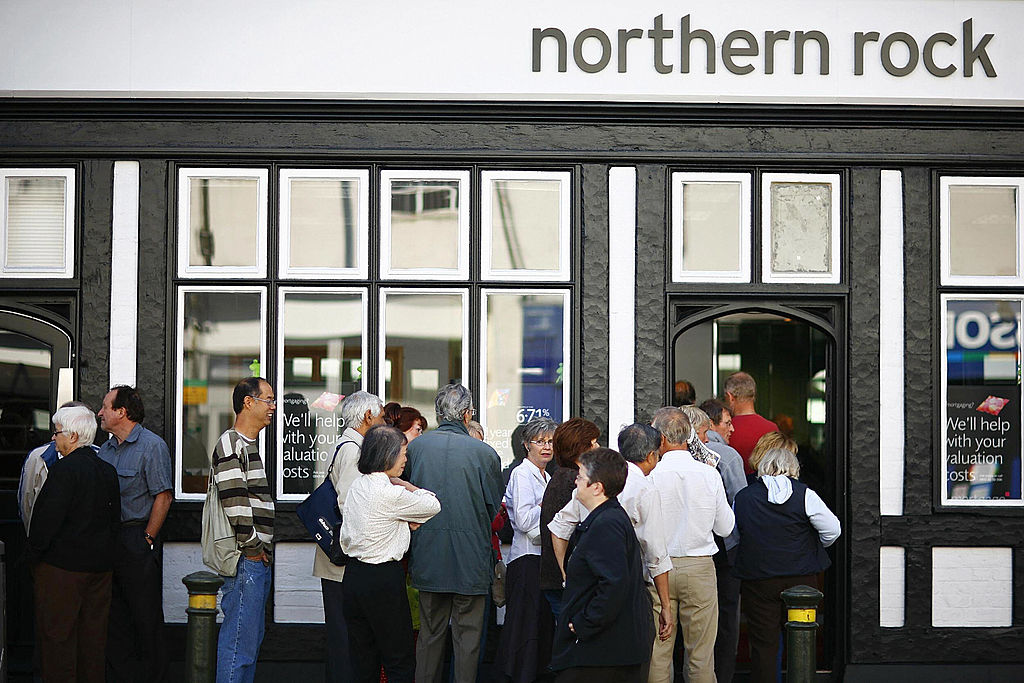 How have central banks evolved in the last century – and are they still fit for purpose?
How have central banks evolved in the last century – and are they still fit for purpose?The rise to power and dominance of the central banks has been a key theme in MoneyWeek in its 25 years. Has their rule been benign?
-
 'Governments are launching an assault on the independence of central banks'
'Governments are launching an assault on the independence of central banks'Opinion Say goodbye to the era of central bank orthodoxy and hello to the new era of central bank dependency, says Jeremy McKeown
-
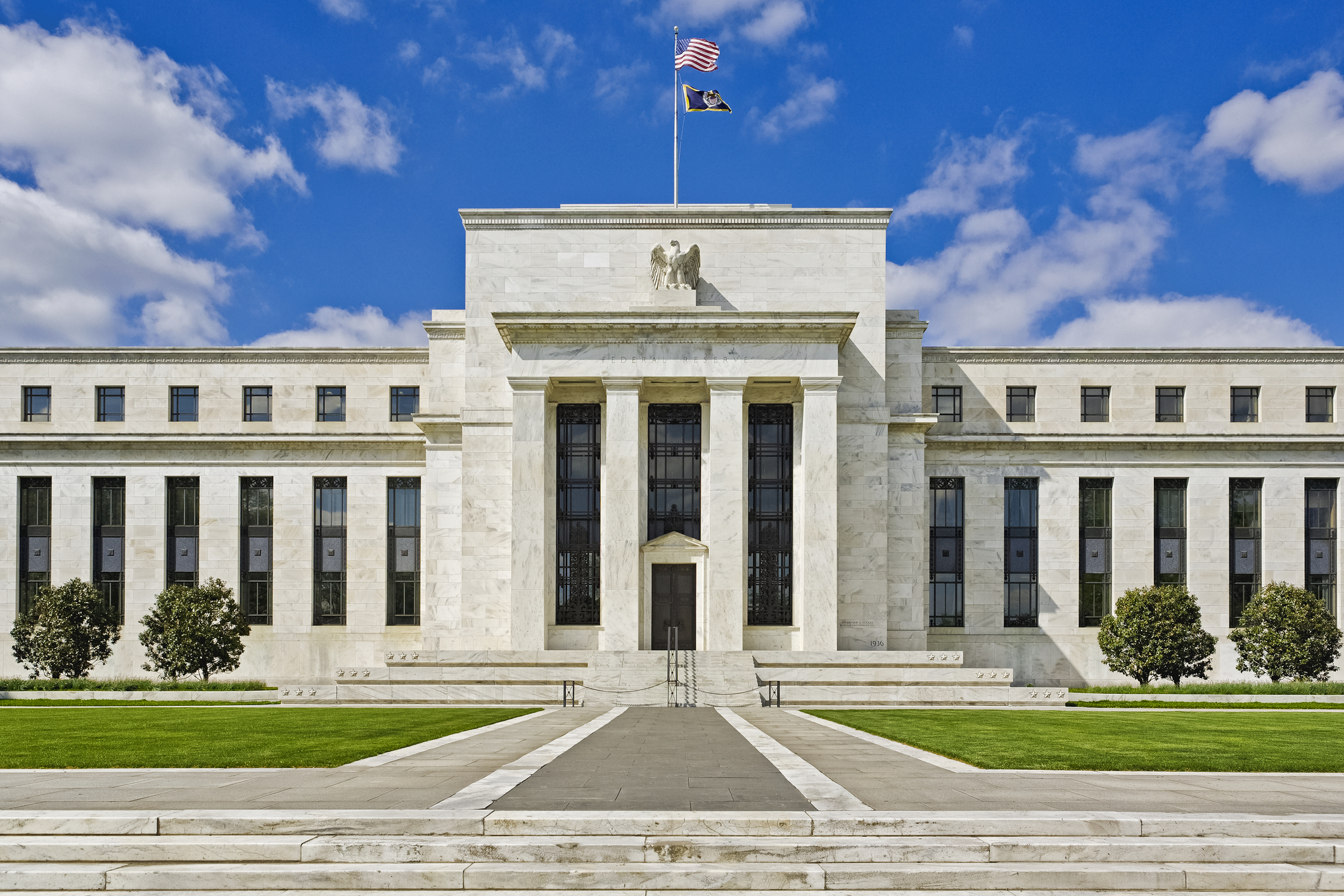 Do we need central banks, or is it time to privatise money?
Do we need central banks, or is it time to privatise money?Analysis Free banking is one alternative to central banks, but would switching to a radical new system be worth the risk?
-
 Will turmoil in the Middle East trigger inflation?
Will turmoil in the Middle East trigger inflation?The risk of an escalating Middle East crisis continues to rise. Markets appear to be dismissing the prospect. Here's how investors can protect themselves.
-
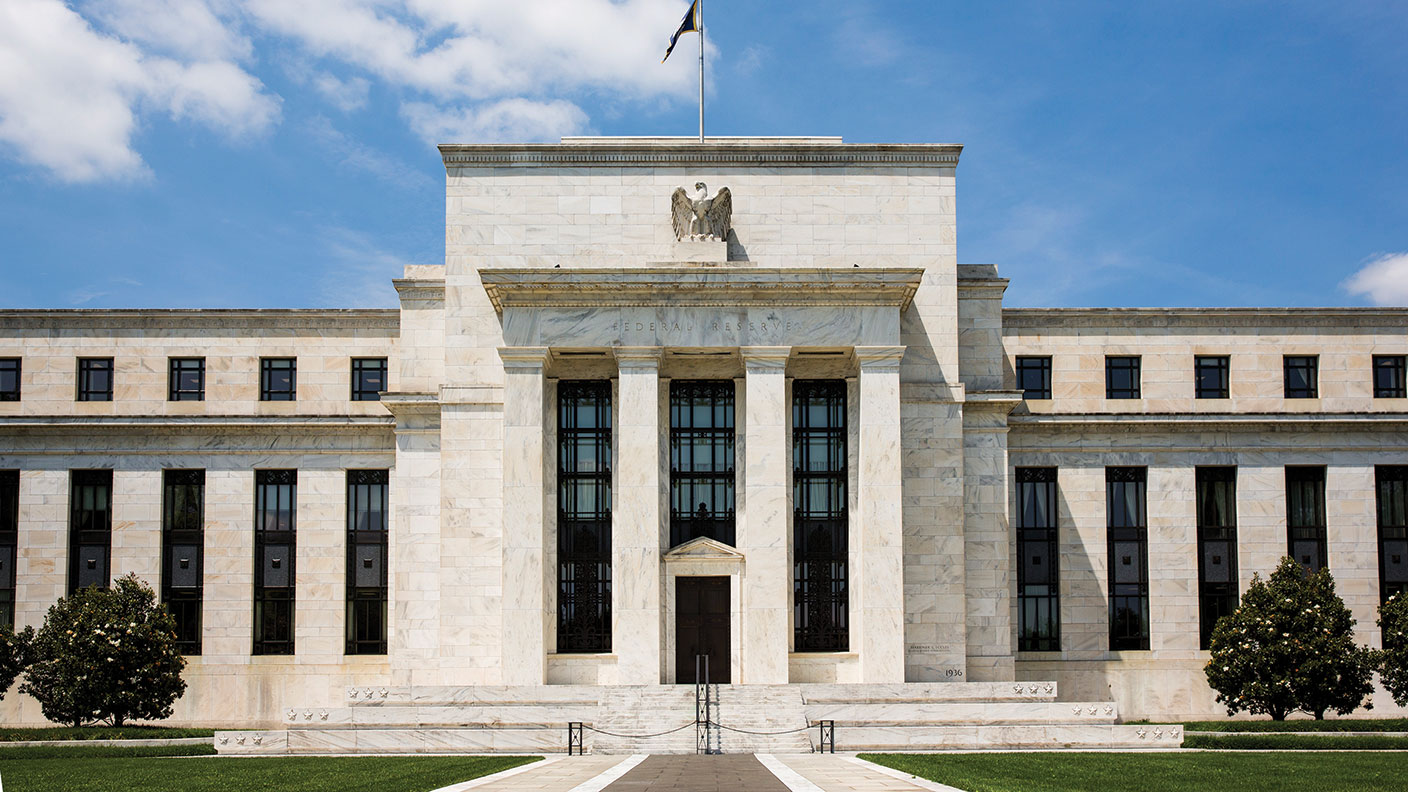 Federal Reserve cuts US interest rates for the first time in more than four years
Federal Reserve cuts US interest rates for the first time in more than four yearsPolicymakers at the US central bank also suggested rates would be cut further before the year is out
-
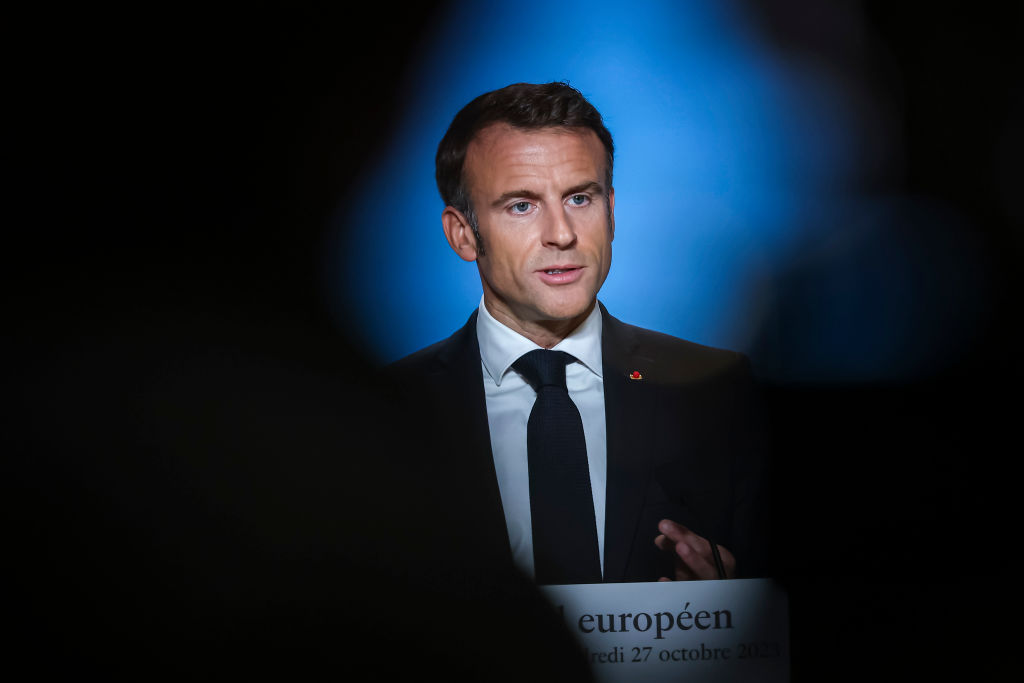 The French economy's Macron bubble is bursting
The French economy's Macron bubble is burstingCheap debt and a luxury boom have flattered the French economy. That streak of luck is running out.
-
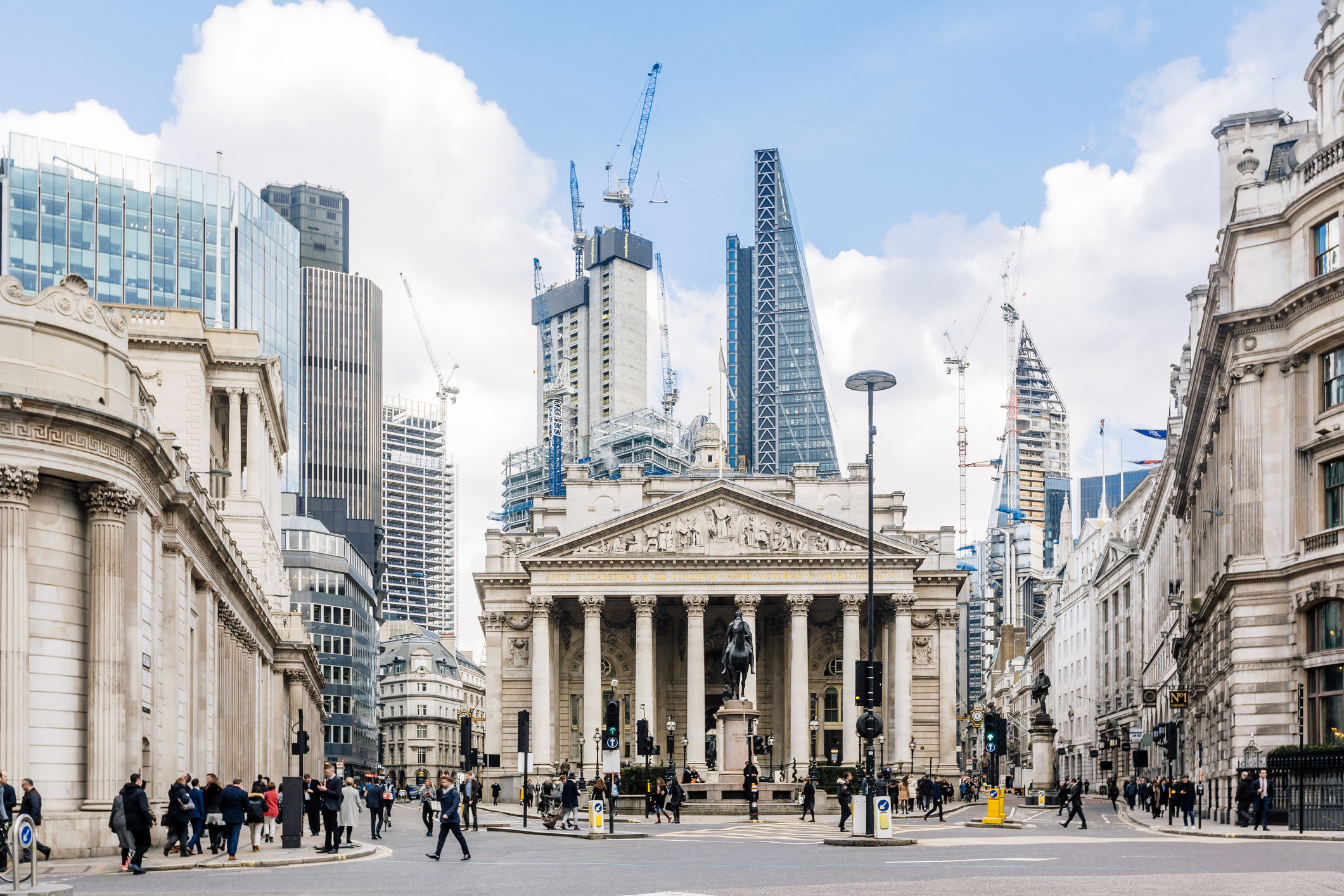 The Bank of England can’t afford to hike interest rates again
The Bank of England can’t afford to hike interest rates againWith inflation falling, the cost of borrowing rising and the economy heading into an election year, the Bank of England can’t afford to increase interest rates again.
-
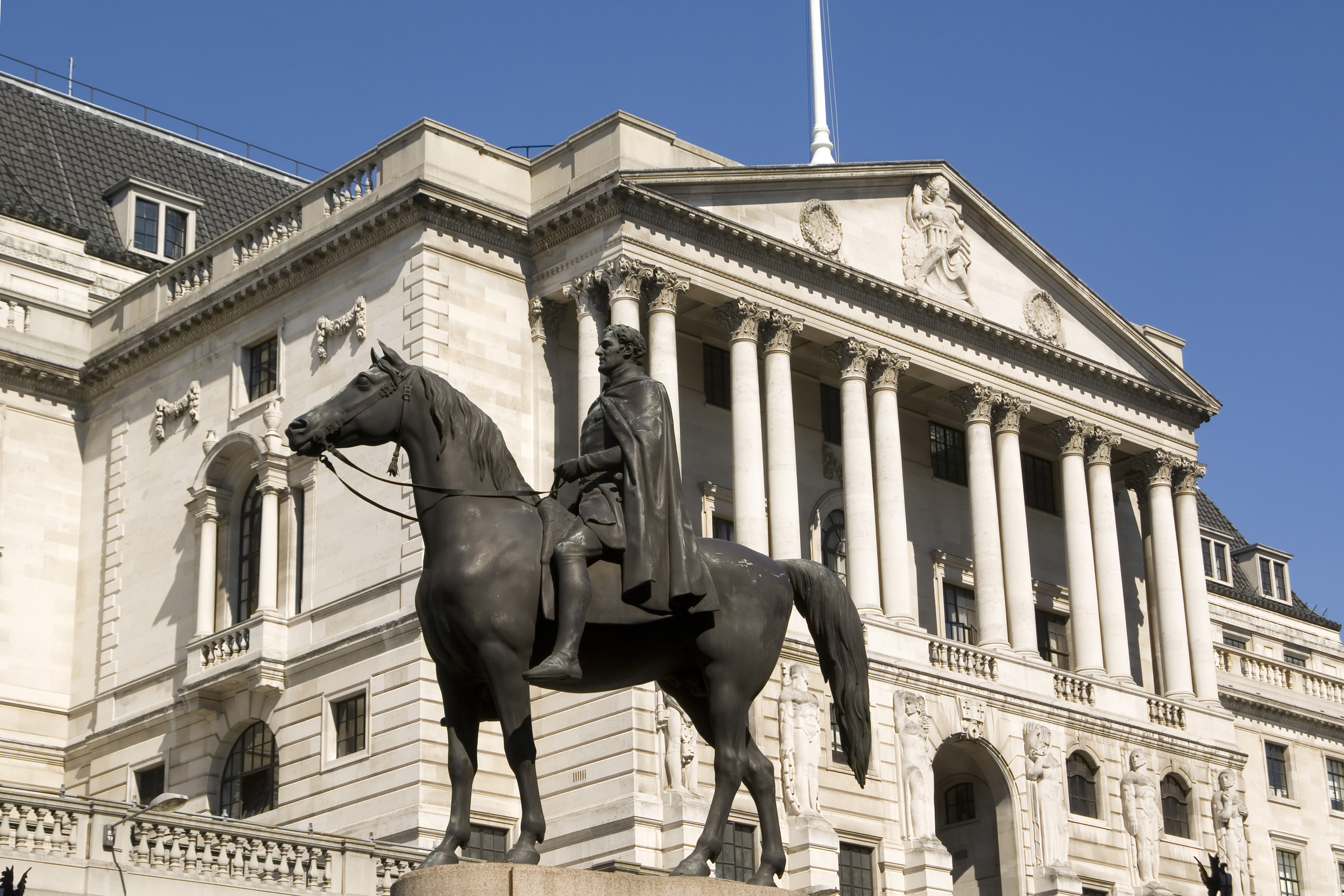 Interest rates held at 5.25% again
Interest rates held at 5.25% againThe Bank of England has kept rates at 5.25% again, in a widely anticipated move. We look at what it means for your money - and what the Bank’s next move could be
